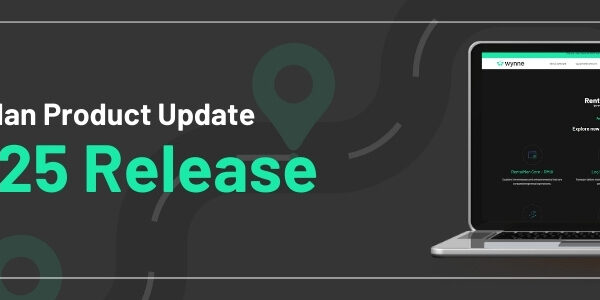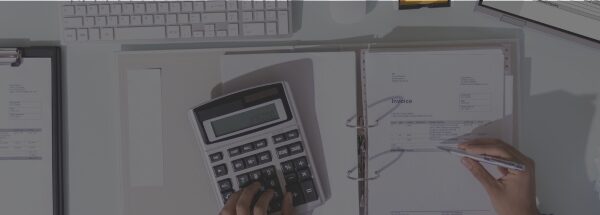
If you have a specialist rental business that provides labor alongside equipment, then managing your labor requirements is as important as managing your equipment rentals. For some, this may mean running a separate time and attendance system alongside your rental software. For others, it means creating “rental assets” for your people in order to manage them in your rental software.
Our Wynne RentalResult solution has always had a concept of operated equipment or “wet rental”: i.e., equipment that goes out on rent with a driver or operator and is charged for by time-sheets or based on job charging. This is a complex area within the equipment rental industry, requiring additional functionality around timesheet or timecard entry,billing based on both job and time and material pricing and specialist control of capabilities and skills.
As time has moved forward however, we’ve increasingly seen a demand from rental businesses providing labor more generically. Rather than being tied to individual assets, the labor may relate to set up and tear down crews building pumping systems or setting out traffic management equipment. It may cover regular maintenance events during the course of the rental or on site project management services provided by the rental company to the customer. In these circumstances the contract may be built up of a combination of both operated equipment style charging, normal rental charges and specific labor charges provided as services.
In some cases time-sheets are used to pass charges through to the customer. In others, the time-sheet is only used to capture the time and store it for reporting and costing purposes. In all cases, the demand for labor needs to be captured on the rental contract (or even a sales contract), scheduled and ultimately a time sheet must be captured.
Our newest module in Wynne RentalResult brings the concept of labor allocation across the entire rental process. You can now pre-define standard labor requirements against different rental services and equipment, or alternatively alter the default labor or add new labor requirements based on the special needs of your customers.
Not only can you articulate the demand for different types of labor within the rental contract (e.g., operators, technicians, project managers, riggers etc), but you can also determine when they’ll be needed during the rental process. Will it be at the beginning and end, during the rental, once a week, every day – single or double shift? Once you’ve defined the requirement, you can then plan out your labor schedule, allocating the right people to the right contracts. If you need to swap people during the rental, cover multiple shifts or re-allocate, you can do all of that from the labor allocation screens.
We are very excited about the new flexibility we have added into our operated equipment and labor management functionality and if you’d like the chance to see it, please contact us and we’ll set up a demo for you straight away.




